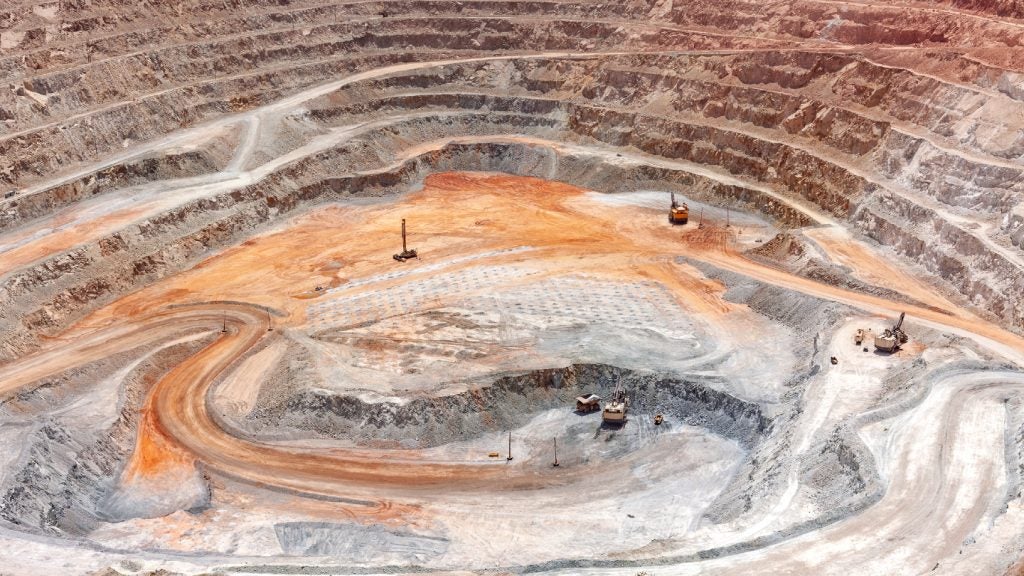The UN this week set out its vision for the minerals that are critical to the clean energy transition, to help ensure a just and equitable outcome for the communities and regions that produce them.
It comes after several months of research and discussions by the Panel on Critical Energy Transition Minerals, formed earlier this year to address the impact of rapidly increasing demand for minerals like copper, lithium, nickel, cobalt and rare earth elements.
"Humanity is at a crossroads where we face a multiplicity of crises that no one country can solve alone," co-chair of the panel Nozipho Joyce Mxakato-Diseko, who served as Ambassador of South Africa to the UN, told a press conference.
"And of course, at the centre of this is the climate change challenge that requires all countries to move together in tandem to reduce greenhouse gas emissions and try to aim towards living up to their global goal of reducing temperature rises to below 1.5°C – and to do that, you need critical minerals."
Emphasis on human rights
Among the panel's recommendations, set out in a report released this week, is the setting up of a global framework to promote the traceability of minerals.
Another suggestion is that there should be a global mining legacy fund to help communities where mines are closed or abandoned.
"Governments, industry and other key players can now deploy a new action-oriented toolkit to ensure the global energy transition unfolds with equity, justice and sustainability as demand for minerals for renewables is poised to almost triple by 2030," the report said.
UN secretary-general António Guterres welcomed the report, which is being shared with member states ahead of the COP29 climate conference in Azerbaijan this November.
“Today’s report from the Panel on Critical Energy Transition Minerals is a how-to guide to help generate prosperity and equality alongside clean power,” said Gutteres.
Demand estimates vary
Projections for the amount of the minerals that will be needed for the global transition to clean energy are uncertain, according to the International Energy Agency (IEA), as there are varying levels of climate ambition and technological development to take into account.
For example, the IEA says lithium demand could be between 13 and 51-times higher by 2040, depending on the development of battery technology.
Other recommendations from the UN's report include forming an initiative to empower artisanal and small-scale miners to become "agents of transformation".
“We cannot afford to repeat the mistakes of the past,” said panel co-chair Ditte Juul Jørgensen, who also serves as director-general for energy at the European Commission.
“We must now seize the opportunity to grow our economies, protect our societies, preserve our environment and share benefits more justly while we tackle the climate crisis.”









